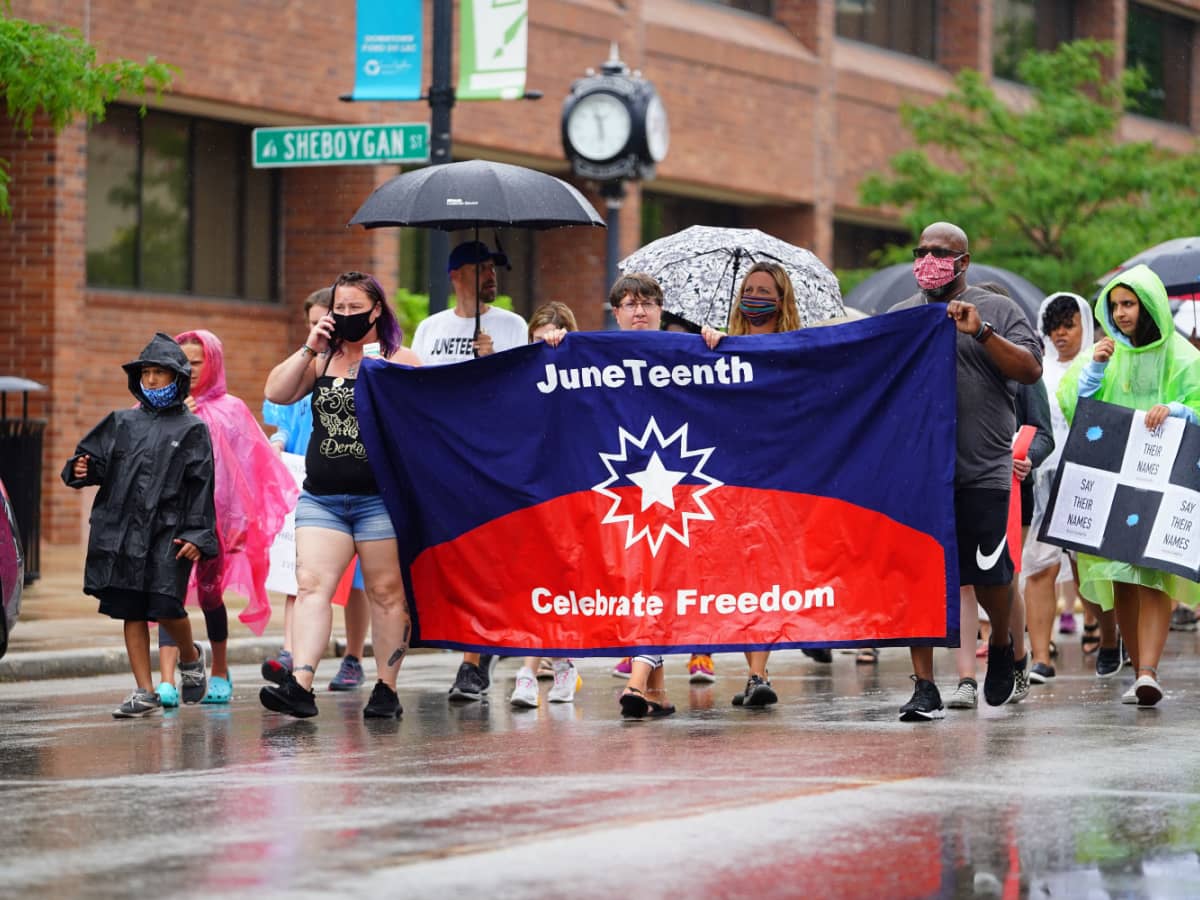The legal challenge to Ashcroft's 2001 directive culminated in the U.S. Supreme Court's January 17, 2006, decision upholding the Oregon law in the case now known as Gonzales v. Oregon. Proponents of the Oregon Death With Dignity Act argued that mentally competent, terminally ill adults have the right to request their physician's aid in hastening their dying. Opponents maintained such action violates religious teachings on the sanctity of life and leads to a "slippery slope" toward euthanasia. Also at issue has been the question of states' rights versus federal powers. Oregon voters twice approved their law; opponents said it violated federal anti-drug statutes.
Although the legal battle over the law has hinged on physicians' right to prescribe life-ending drugs which fall within the federal Controlled Substances Act (CSA), the underlying fight has been between what one side sees as the dying individual's right to a humane and compassionate death and the other as interference with God's plan.
Responding to the Supreme Court's ruling, attorney Nico van Aelstyn said that the decision "indirectly upholds the values most Americans cherish: liberty, dignity, and privacy at the end of life.
"We are very pleased," Van Aelstyn says, "with the Supreme Court's affirmation of the Ninth Circuit Court decision upholding the injunction against former Attorney-General Ashcroft's 2001 directive to physicians to refrain from assisting terminally ill patients under the Oregon law. This is consistent with decisions in lower courts, and with any reasonable reading of the Controlled Substances Act."
Compassion & Choices Co-CEO and President Barbara Coombs Lee said, "We are delighted with the Supreme Court's decision, a watershed decision for freedom and democracy in the U.S. It reaffirms the liberty, dignity, and privacy Americans cherish." Lee says Compassion & Choices will "aggressively pursue similar legislation throughout the nation."
Will the Oregon law lead to forced euthanasia?
Read more on page 2 >>
| _Related Features | |
|
|
|
 |
Gonzales v. Oregon was among the first cases to be heard by the Supreme Court under newly appointed Chief Justice John G. Roberts, Jr., with oral arguments on October 5, 2005. The Bush administration argued that helping a patient die involves improper use of medications, a violation of the Controlled Substances Act. Oregon's law, under the premise that the state has the right to decide what constitutes proper medical practice, was defended by Oregon Assistant Attorney-General Robert Atkinson. In his first dissenting opinion since his ascent to the Supreme Court, Chief Justice Roberts voted with the Bush administration. Van Aelstyn's involvement with the legal battle, he explained, dates back to the spring of 1998 when then-Senator John Ashcroft (R-Missouri) and other conservative religious leaders sought an interpretive ruling from then-Attorney General Janet Reno that would have overturned the Oregon law. (Two separate bills that would have invalidated the Oregon law had failed.) At issue was whether Oregon physicians prescribing lethal drugs for terminally ill, mentally competent adult patients were in violation of the Controlled Substances Act (CSA). Reno, however, said that the CSA does not overrule the Oregon law. Supporters called this a reaffirmation of states' rights to regulate the practice of medicine within their own boundaries. But the overriding issue remained that of religious teachings on the sanctity of life v. end-of-life choice. Ashcroft took another swing at Oregon's law after losing his Senate seat and subsequently being named Attorney-General. "I never would have thought this would be a priority for him right after 9/11," van Aelstyn said; "but on November 6, 2001, he issued a fiat (against the Oregon law.) We filed for an injunction on November 7, and were in court on November 8."
Two hundred-eight patients have elected to hasten their own dying under the Oregon law. According to Barbara Coombs Lee, many other dying patients began the process and subsequently died natural deaths. "We believe that the peace of mind coming from knowing that one's suffering need not continue is a great gift," Lee says. "Having that knowledge and control is all that many dying patients need."
The Oregon law, ratified by that state's voters in 1994 and again in 1997, includes requirements that:
A comprehensive poll conducted by Harris Interactive in April 2005 found that 70 percent of Americans believe "the law should allow doctors to comply with the wishes of a dying patient in severe distress who asks to have his or her life ended. This percentage is up from 53 percent of Americans who agreed with that statement in 1982.
Still, opponents of the Oregon law, including conservative religious groups and some disability-rights organizations, continue to see it as a "slippery slope" leading to forced euthanasia.
In the words of Gilbert Meilaender, a member of the President's Council on Bioethics and professor of Christian ethics at Valparaiso University in Indiana, "assisted suicide is the opening wedge in the more general argument for our culture to move on to euthanasia of people whose lives are regarded as being of minimal value."
The recent Supreme Court ruling is unlikely to end the debate, van Aelstyn says. "I would expect the religious right in Congress to introduce legislation amending or revising the Controlled Substances Act (and effectively overruling the Oregon law.) Our opponents are not likely to surrender the field."
| _Related Features | |
|
|
|
 |

